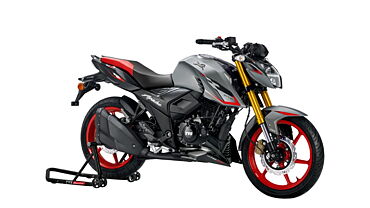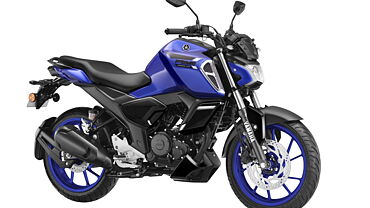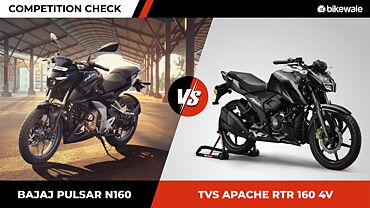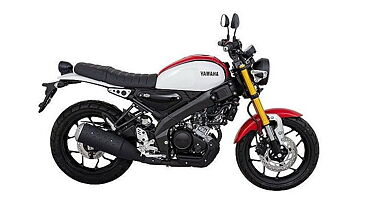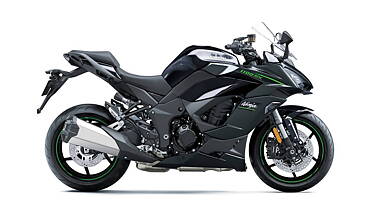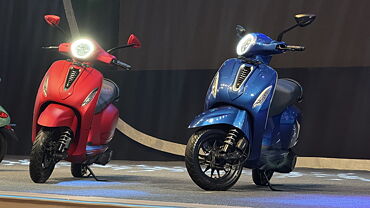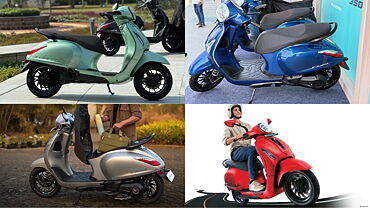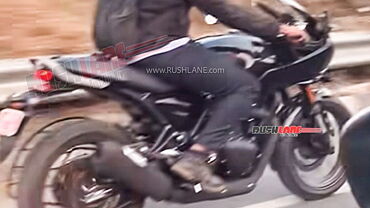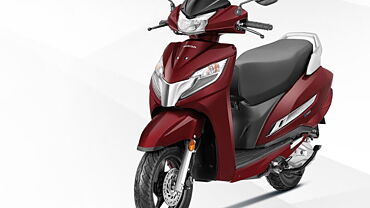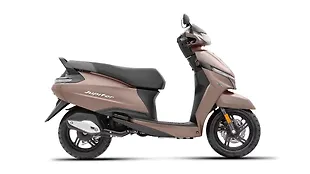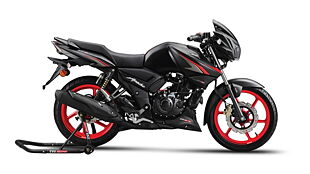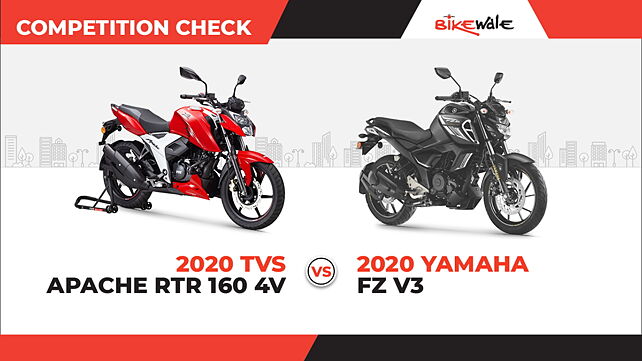
It’s a major transition phase for the two-wheeler industry as every new motorcycle and scooter will have to be BS6 compliant from 1 April 2020. Ahead of this deadline, TVS and Yamaha have already introduced the BS6 models of their premium commuters, the 2020 Apache RTR 160 4V and the 2020 FZ V3, respectively. Until other models in this segment get updated, we compare these two BS6 motorcycles to check out which one’s better on paper.
Design

Starting with the FZ, the motorcycle has remained cosmetically unchanged for 2020 as it had received a major makeover in January this year. It sports a low slung compact headlamp with a small LED DRL on top. The muscular fuel tank is complemented by beefy extensions while the minimalistic tail section completes the overall styling. It also comes in a ‘S’ variant which gets added cosmetic bits such as chrome accent on the fuel tank extensions and jazzier decals.

The sportier-looking Apache RTR 160 4V has also remained majorly untouched, save for the all-new headlamp unit which takes the term ‘radical’ rather seriously. Other minor changes include larger claw-shaped position lamps, aerodynamically-designed rear view mirrors, a new two-tone seat and fresh set of graphics.
Features

TVS has now introduced LED headlamps for the Apache, which the FZ was already equipped with. The tail lamps are also LEDs on both bikes which are accompanied by conventional turn indicators. Furthermore, both bikes also feature a fully-digital instrument cluster. However, TVS has now introduced a novel feature in the Apache called the GTT (Glide Through Traffic). It allows the bike to be smoothly ridden through traffic at low speed, without the need to use the accelerator.
Engine

While the FZ V3 already packed a fuel-injected powerplant as standard, Yamaha has internally tweaked the motor while adding a larger catalytic converter to make it comply with the new emission regulations. On the other hand, the Apache was available with options of carbureted and fuel-injected motor both. Now, only the latter engine option is available and TVS has also executed BS6-bound changes to this Fi mill.

In terms of power figures, the Apache leads the contest here as its 159.7cc, oil-cooled, four-valve motor pumps out 15.8bhp and 14.12Nm. Whereas, the FZ settles at 12.2bhp and 13.6Nm produced from its 149cc, air-cooled engine. Both bikes get a five-speed gearbox.
Cycle Parts

The FZ and Apache both ride on 17-inch wheels which are suspended by telescopic forks up front and a monoshock at the rear. Braking is handled by disc brake at both ends, assisted by single-channel ABS. However, the Apache is also offered in a more affordable single disc variant. Now, although the Apache leads in the performance department, the FZ is 11kgs lighter than its competitor, weighing at 132kgs. Moreover, the FZ also gets a larger 13-litre fuel tank while the Apache does away with a 12-litre unit.
Pricing

After the price hike due to the updates for 2020, the Apache and FZ are now closely similar in terms of pricing. Yamaha has pegged the 2020 FZ V3 and the FZS V3 at Rs 99,200 and Rs 1,01,200, respectively. The S variant also comes in a Darknight edition which costs Rs 1,02,700. Meanwhile, the 2020 Apache RTR 160 4V dual disc model retails at Rs 1.03 lakhs while the single disc trim can be bought for Rs 99,950.
(All priced are ex-showroom, Delhi)


